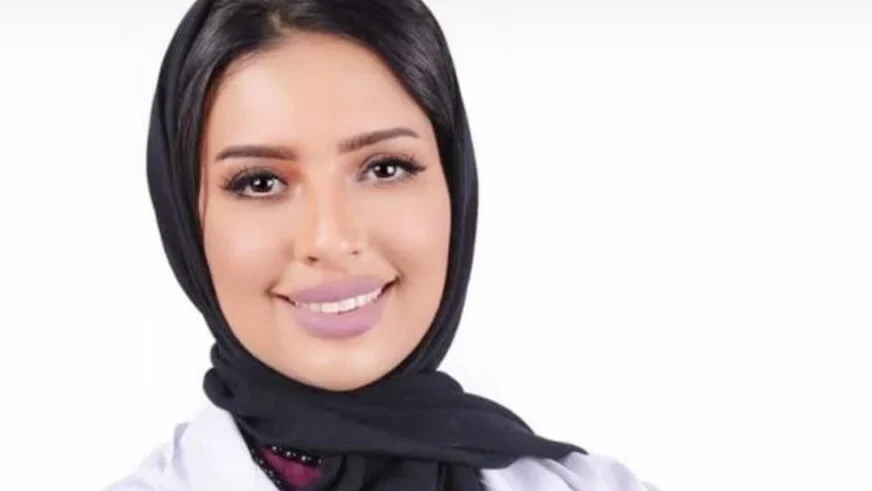
Rawia Mohamed: How Pathology Mirrors Everyday Life
Rawia Mohamed, Head of the Anatomical Pathology Department at Burjeel Medical City, posted on LinkedIn:
“How Pathology Mirrors Everyday Life
Have you ever looked at something under a microscope and thought, ‘I’ve seen this somewhere before’? In pathology, we often find patterns in tissues that look surprisingly familiar, echoing shapes and textures from our daily lives. One example I love to share is the similarity between the cross-section of an onion and a structure we call a psammoma body.
So, what’s a psammoma body? It’s a tiny, calcified structure with beautiful, concentric rings, often found in certain types of tumors, like a psammomatous meningioma (a type of brain tumor). These little bodies form as cells break down and calcify over time, creating a layered, circular pattern. When I look at them through the microscope, I’m reminded of the layers in an onion or even tree rings – nature’s way of showing us that patterns are everywhere if we just take the time to see.
This image is from a brain tumor sample showing psammoma bodies within the tissue. It’s incredible to think that these tiny structures, which play a role in diagnosing and understanding diseases, resemble things we encounter every day.
In pathology, each slide tells a unique story, and sometimes, these stories look a lot like pieces of the world around us. It’s a reminder of the unexpected beauty and interconnectedness in science and life.”
Rawia Mohamed is the Head of the Anatomical Pathology Department at Burjeel Medical City and an Associate Professor at Khalifa University. She previously worked as a consultant at Sheikh Shakhbout Medical City.
-
Challenging the Status Quo in Colorectal Cancer 2024
December 6-8, 2024
-
ESMO 2024 Congress
September 13-17, 2024
-
ASCO Annual Meeting
May 30 - June 4, 2024
-
Yvonne Award 2024
May 31, 2024
-
OncoThon 2024, Online
Feb. 15, 2024
-
Global Summit on War & Cancer 2023, Online
Dec. 14-16, 2023
